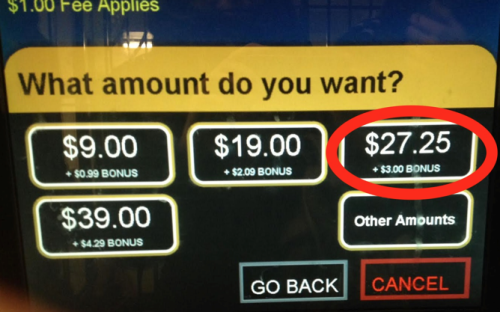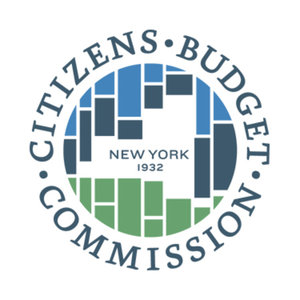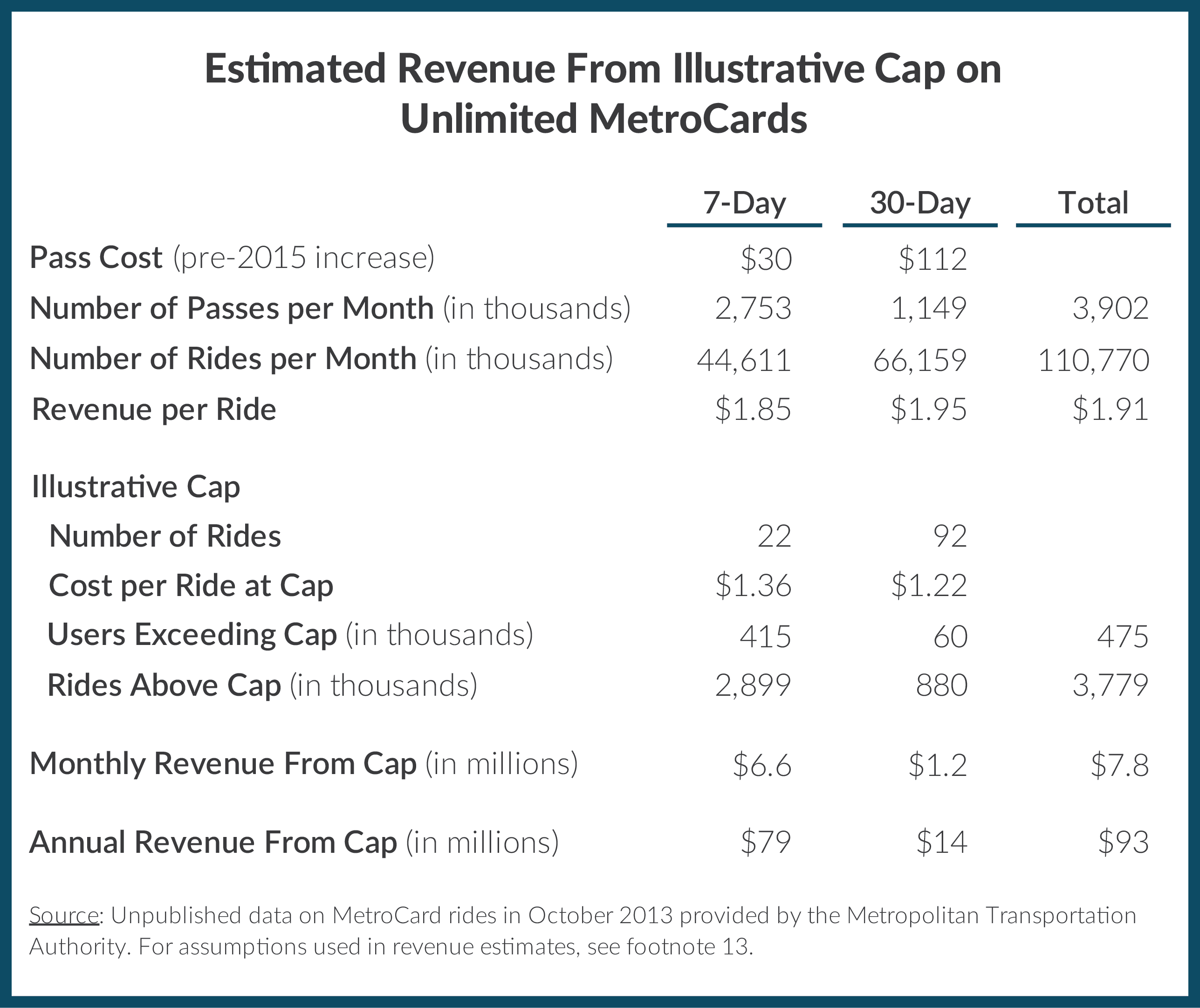
The Grand Central subway’s mezzanine level will see more space as columns are narrowed. (Via KPF)
When last we checked in with plans to rezone Midtown East and build up a new tower across the street from Grand Central, we delved into the fancy renderings of the transit improvements. The carrot of $200 million in badly needed upgrades to the Lexington Ave. IRT stop at Grand Central is a hard one to resist, and I’ve been supporting this project from the get-go. As my office is now a few blocks away, I’ve seen the Modell’s empty out, and the building be prepared to be replaced.
Now, the effort is one step closer to reality as the city’s planning commission has approved the necessary rezoning. The whole project isn’t out of the woods yet as it heads to the full City Council, and the Council is sure to push for changes. But it seems more likely than not that we’ll get a tall building across from Grand Central and a far more pleasant subway experience thanks to it. More platform space, better passenger flow and easier access from street level all funded through developer contributions are all part of the deal.
Ryan Hutchins had more:
The biggest obstacle for the so-called Vanderbilt Corridor remains: Passage by the City Council, which is likely to push developer SL Green Realty Corp. to alter its plans for a 1,400-foot-tall commercial skyscraper…While de Blasio’s [rezoning] pitch has not met fierce resistance from community board members and local elected officials, it has been repeatedly attacked by the relatively unknown owner of Grand Central Terminal, Andrew Penson.
His worry? That the rezoning, which will allow developers to fund public improvements in exchange for permission to construct bigger buildings, would devalue the air rights above the landmarked terminal. For example, SL Green would receive additional floor area for its tower, One Vanderbilt, by making about $210 million in improvements in and around Grand Central.
…Specifically at issue, [Council member Dan Garodnick] said, will be whether the $210 million in work SL Green has committed to is enough to warrant the bonus the company will receive. “We just have to throw that onto the scale against a 30 F.A.R. building,” Garodnick said.
To me, this is a potential model for future transit improvements, and the City Council shouldn’t ignore this reality. For the MTA, it’s a new model that encourages public-private partnerships and allows the MTA to fund work it wouldn’t otherwise have the money to perform. Especially at Grand Central — the second busiest station in the system — the dollars will have an immediate impact on a problematic customer experience.
We’ll know soon enough what the future holds for this project, but after Community Board approval and a planning commission okay, it’s likely to pass the City Council in some form or another. The station improvements alone will be a welcome element.


 NYC DOT/MTA)” width=”575″ height=”362″ class=”size-full wp-image-15421″ /> NYC DOT and city officials have called the Woodhaven/Cross Bay Boulevard SBS plans ambitious, but there’s much to learn from the hype. (Source: NYC DOT/MTA)
NYC DOT/MTA)” width=”575″ height=”362″ class=”size-full wp-image-15421″ /> NYC DOT and city officials have called the Woodhaven/Cross Bay Boulevard SBS plans ambitious, but there’s much to learn from the hype. (Source: NYC DOT/MTA)

 Sometimes, when I ride the subways during supposed off-peak hours, I’m reminded of a twist on a phrase Yogi Berra coined. Of a popular spot, the Yankee great once said, “Nobody goes there anymore. It’s too crowded.” In a way, it makes perfect sense and no sense at all, but applied to the subways, the inverse is seemingly true. Unfortunately, it’s too crowded, and everybody keeps going there.
Sometimes, when I ride the subways during supposed off-peak hours, I’m reminded of a twist on a phrase Yogi Berra coined. Of a popular spot, the Yankee great once said, “Nobody goes there anymore. It’s too crowded.” In a way, it makes perfect sense and no sense at all, but applied to the subways, the inverse is seemingly true. Unfortunately, it’s too crowded, and everybody keeps going there. 


